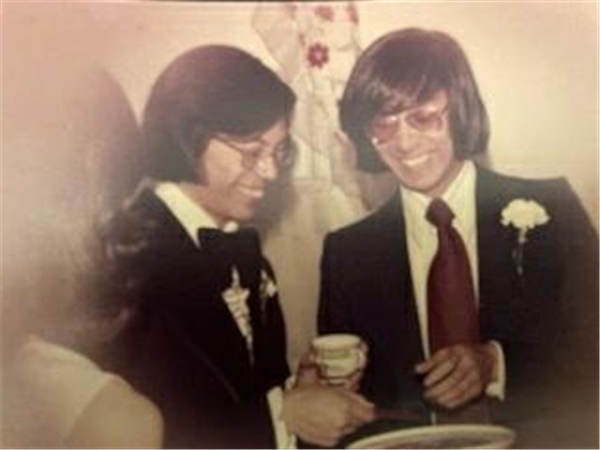The man who filled in the missing gap
By Zhao Xu in New York | China Daily | Updated: 2021-03-13 09:28

The women who caught Lee's attention-then and later-were fighters, among whom Goldie Chu, a Chinese American who in 1977 stood before thousands in New York's Central Park to advocate for women's rights, and Dee Hamaguchi, a Japanese American and one of the first female boxers in the US.
Lee photographed other Asian groups-Japanese, Koreans, Indians, Philippines and Vietnamese among them-with equal enthusiasm as he did the Chinese.
"He's the adhesive, a bridge builder between different Asian communities that didn't always align with one another," said Chan, who believed the concept of Asian Americans virtually did not exist until the Asian American Movement of the '70s, and was inextricably linked to the Vietnam War. "And his pictures served to enhance that concept."
The response of Corky's generation to "the palpable anti-Asian racism of the era" was activism and solidarity, Na said.
"By banding together they had a bigger voice."
One of Lee's most recognized images was taken in Central Park one month before the first anniversary in 2002 of the September 11 attacks. It depicted a stoic-looking, lushly bearded Sikh wrapped in the US flag observing a memorial with his fellow Sikhs.
All except for a girl were wearing turbans, which had rendered them susceptible to hate crimes in the aftermath of the terrorist attack. The picture won Lee a journalism award. But the judge, in handing out the award, said that "there was a compelling, devious stare on the individual". "I disagree," said Lee."I'd like to find out who that judge was... It's an award that's marred."
In another of his post-9/11 pictures, a weary-looking American Chinese fireman was seen in his firefighting gear sitting on the front of his engine decked out with a flying dragon and the word Chinatown. Approaching retirement, he worked at the World Trade Center site right after the attack.
"Post 9/11, you never heard of a Chinese American fireman (from mainstream media)," said Lee, who said he wanted to show to the general public that Asian Americans are part and parcel of American society.
Lee and his longtime girlfriend Karen Zhou met around 2004. "I was very moved by the behind-the-scene stories he told of Manhattan Chinatown after 9/11 because I knew they were true," said Zhou."Chinatown is within walking distance of the World Trade Center. Post 9/11, it was a ghost town-the air quality was bad, people were worrying about another terrorist attack, the government wouldn't allow people to come in, the manufacturing of the garment factory stopped because they couldn't do delivery, even regular telephone services didn't go back for about six months."
Lee was there when the mainstream media were largely absent, "to make sure Chinatown was not forgotten", Zhou said. "He did the same when the SARS epidemic hit China and during the current pandemic."

























